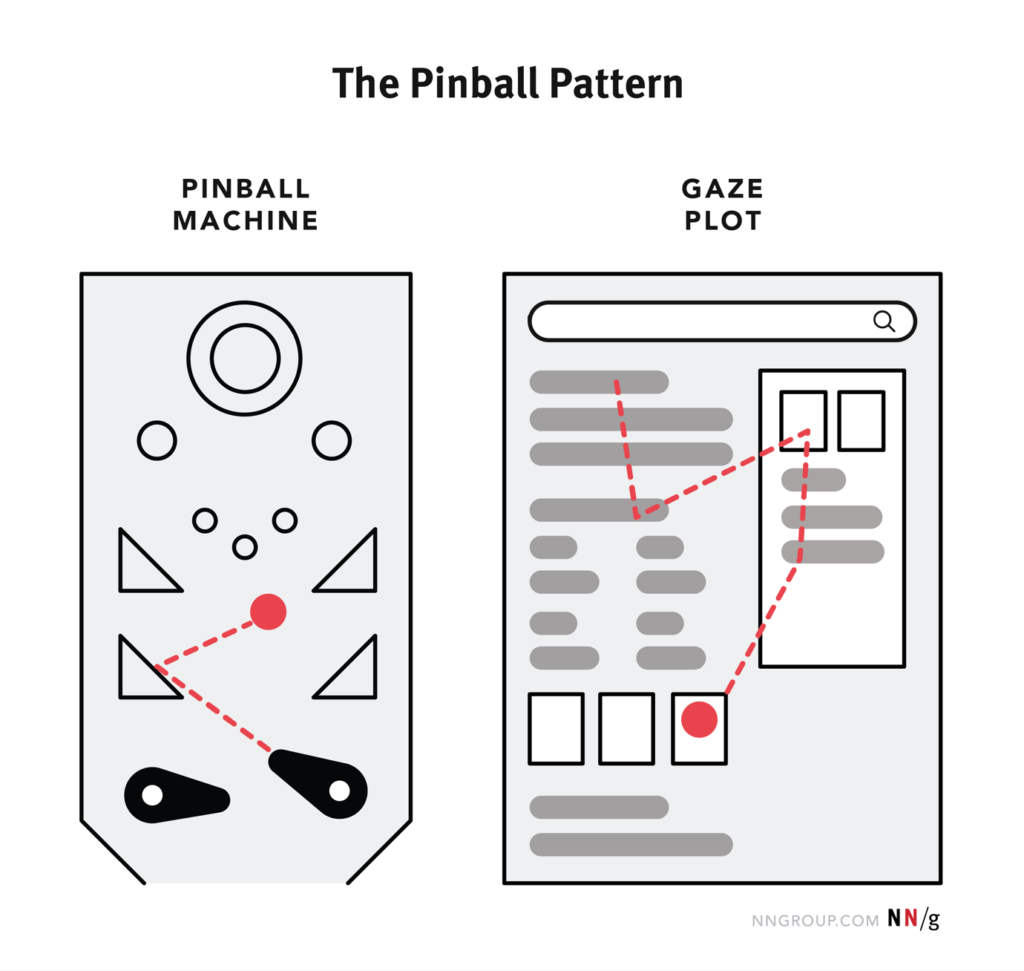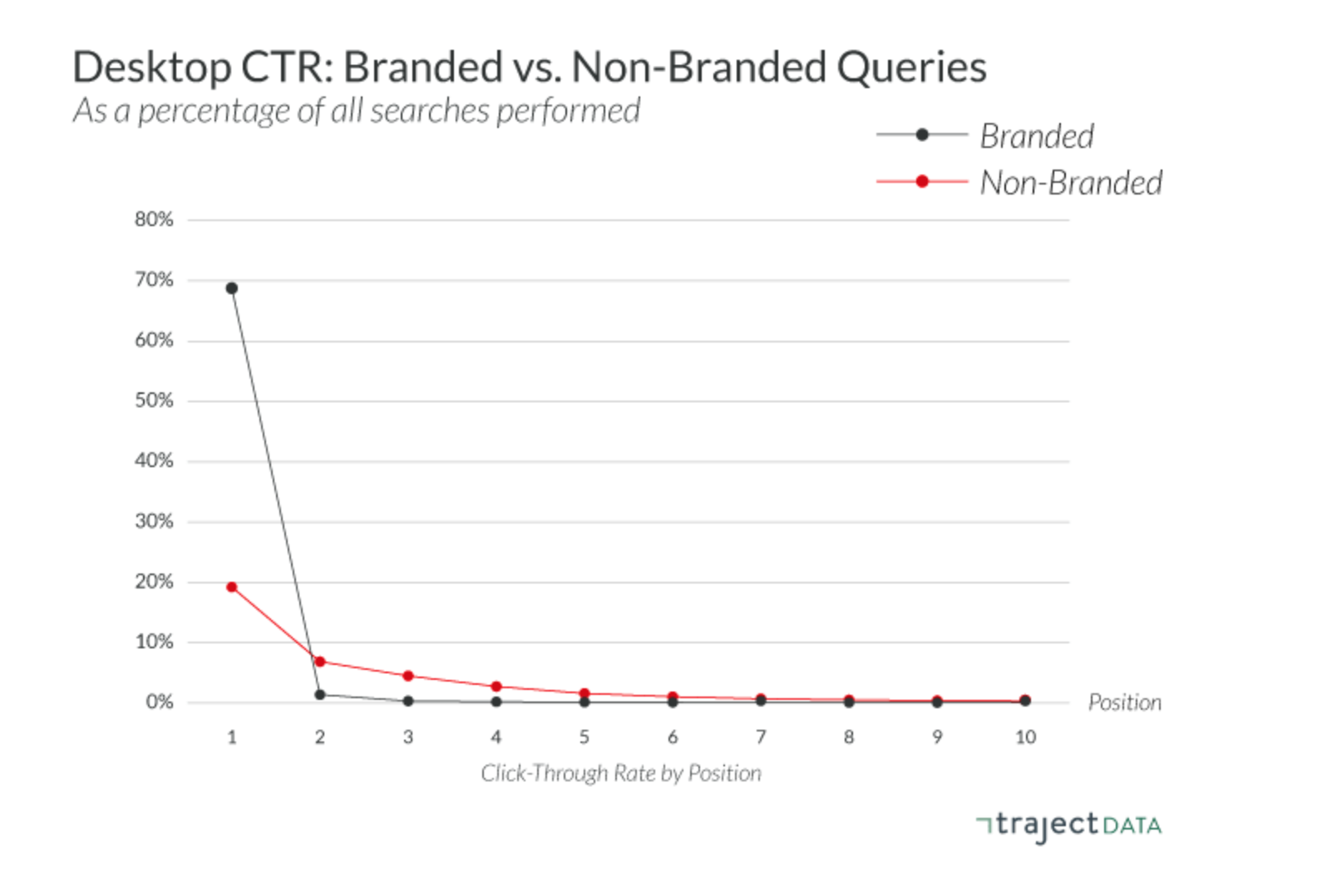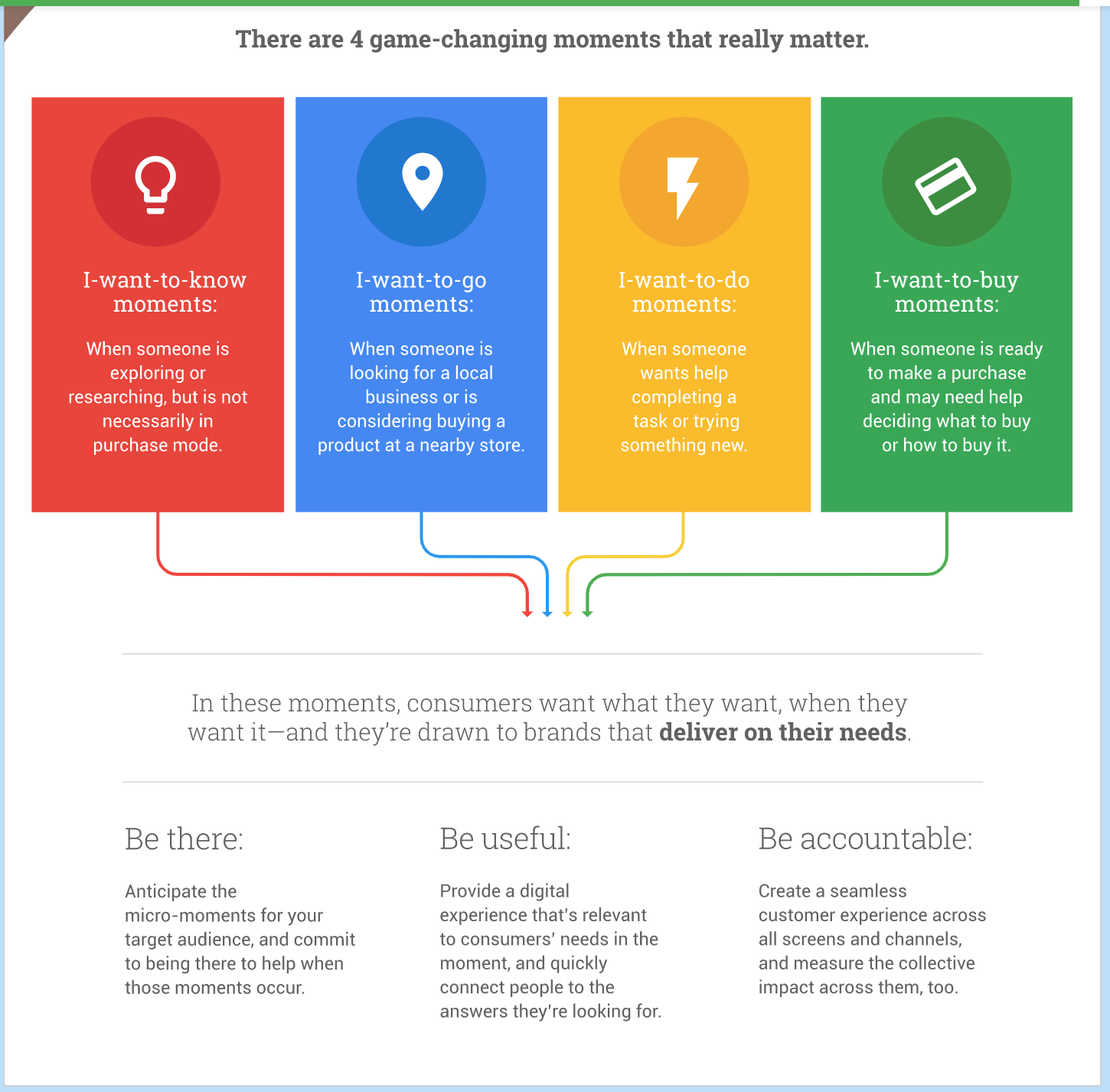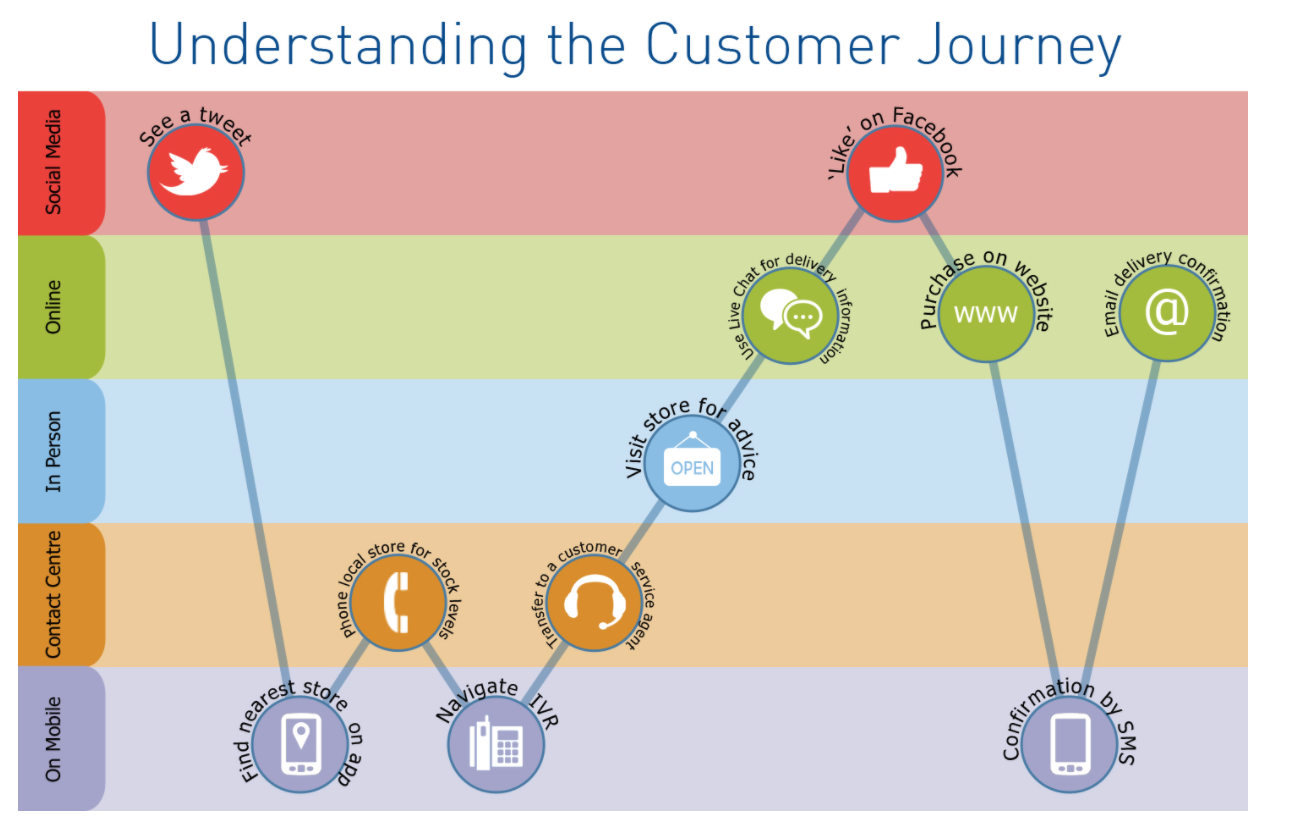30-second summary:
- Recent studies have shown that the “Zero Clicks SERPs” have been consistently growing over the last 10 to 15 years and no click queries are now a common part of the overall search experience.
- Unfortunately, there’s not much you can do about the ways search engines choose to display the information. However, there is something businesses of all sizes can do to thrive in this new environment.
- Before discussing in detail the intricacies of branding for the SEO, it is essential to understand your customer journey and the role of organic channels. Try to be specific here and appeal to your audience’s unique motivations and attributes.
- Your potential customers can reach you through numerous channels, so it is extremely important to understand the role of each marketing channel on your customer journey.
- When your business is shown in Google’s Knowledge panel, you will be able to stand out when people are specifically searching for your brand. It is also a sign that Google trusts and believe your company as a legit business entity.
- Branded keywords will improve your conversion rates, CTRs, and also help your business obtain higher visibility in the search results. Your main goal must be to control as many results as you can by identifying topics and keywords that are relevant to your users at different stages of their buying journey, start small.
Is it possible for a business to win against “Zero Clicks SERPs”? Google has been experimenting with its SERPs for quite a while now. Their experiments expose users to new features and products (particularly ads) which continuously contribute to the always-changing layout of SERPs (from 10 blue links to interactive results and ads), impacting user behavior and making SERPs inconsistent from query to query.
As a result of this, search engine users are now forced to assess the page before digging in and making a selection, giving SERP the power to determine which links get visibility and clicks.
Recent studies have shown that the “Zero Clicks SERPs” have been consistently growing over the last 10 to 15 years and no click queries are now a common part of the overall search experience.

Source: perficient.com
The rise of no clicks is a real concern among many industries and the reason for numerous case studies. Businesses need to take actions to minimize as much as possible the effects of this trend and Google as their new competitor.
Understanding how Zero Clicks SERPs are impacting user behavior
Every new feature in the SERPs is shaping the user’s attention on the page, and as the search results become more complex with snippets, images, video, and other interactive factors, users behavior will switch into a pinball pattern, in which people watch the elements in a not linear, not sequential way, as they used to when the design was much simple.

Source: nngroup.com
Unfortunately, there’s not much you can do about the ways search engines choose to display the information. However, there is something businesses of all sizes can do to thrive in this new environment.
Prioritize branding for organic search
By consciously developing your brand from an organic perspective you’ll be able to:
- Generate traffic from branded queries
- Own SERP features from multiple queries relevant to your users
- Minimize the impact of zero clicks trend
A research conducted by Perficient analyzed two million keywords daily for thirty days and compared organic CTRs between branded and non-branded queries concluded that CTR for position-one for branded queries was 69%, compared to 19% for non-branded queries.
 Source: traject data
Source: traject data
Four steps for creating a solid brand from an SEO perspective
- Brand values and user journey mapping
- Develop an omnichannel experience
- Optimize your business entity
- Topic clustering and keyword optimization for branding
Step 1: Brand values and user journey mapping
Before discussing in detail the intricacies of branding for the SEO, it is essential to understand your customer journey and the role of organic channels.
Your main goal here is to understand when and why people are using organic channels as part of their buying journey. Try to be specific here and appeal to your audience’s unique motivations and attributes.
Back in 2016 Google Introduced the idea of “Micro-Moments” as a tool for marketers to improve customer journeys and experiences.

Source: Google
Use the following framework to identify your match your audience needs with your business value proposition at every stage of the customer journey.

Step 2: Develop an omnichannel experience
Your customers and prospects don’t look at your brand in isolation, you are making an impression every time you share something on social media or rank on page-one for demanded keywords.
This means that your potential customers can reach through numerous channels, so it is extremely important to understand the role of each marketing channel on your customer journey.
 Source: Econsultancy.com
Source: Econsultancy.com
Your goal is to use other marketing channels to get people to look up for your brand in Google. “Brand + Keyword” queries are extremely beneficial as real users are telling Google that your brand is a big deal on a particular topic/vertical.
Step 3: Optimize your business entity
Google’s Knowledge Graph is all about entities and their relationship with each other. It will help your business be found on search terms related to your brand, such as the brand name.
When your business is shown in Google’s Knowledge panel, you will be able to stand out when people are specifically searching for your brand. It is also a sign that Google trusts and believe your company as a legit business entity.

Step 4: Topic clustering and keyword optimization for branding
Branded keywords will improve your conversion rates, CTRs, and also help your business obtain higher visibility in the search results. Your main goal must be to control as many results as you can by identifying topics and keywords that are relevant to your users at different stages of their buying journey, start small.
Here are some specific actions you can take to make this happen:
- Identify relevant topics and develop a topic cluster with branding in mind – Alternative to “Competitor Name” is an easy way to get this process started
- Get people to search for your brand in Google – Add search CTA on all your marketing assets
- Collect, segment and monitor branded queries based on your user journey
- Look for new ways to improve your brand performance on Search – There’s always new content and/or competitors trying to get market share so make sure you know your market like no-one else
Now that you have an initial framework to work with, let’s have a look at the expert’s input
Early this month I created a twitter poll asking a very simple question, “How Important is Branding for SEO?” I managed to get over 15 responses from different experts in the field.

As you can see 75% of the respondents consider Branding is Very important for SEO. Here are the most meaningful quotes I got from my research
According to Brad Smith CEO & Founder of Codeless
“What plays a massive role in making sure that you position your business in the lucky 60% that get clicks, is focusing on branding for SEO. Brand recognition is a crucial factor for getting clicks, powerful enough to skip Google’s top-ranking posts.”
Another expert in the field, Kevin Indig, VP SEO & Content @ G2, thinks businesses should
“Focus on one topic cluster at a time. Bring on experts to contribute, either with a guest post, a quote, or co-authorship. The better the topic cluster, the more your brand benefits over the long-term.”
Jeffrey Krantz on his popular SEO guide for B2B business showcases
“The importance of branding & user journeys as most users aren’t likely to convert on their first visit to your website, so you must pay attention to establish your brand in the user’s memory rather than focus only on conversions”
Finally, Irina Weber from the SEO tool SEranking puts it very clearly
“Your primary purpose before everything else is to have a strong brand presence to ensure Google will foster your business website. Branding for SEO must be the foundation of your marketing strategy”
Case Study: Casper Sleep
Casper Sleep is the company responsible for the disruption of the mattress category back in 2014. According to TechCrunch, they didn’t want to be a “mattress company,” they wanted to be a sleep company and spent significant resources identifying meaningful insights from their audience about their sleeping habits to develop their brand identity and strategy.
Let’s see how their branding strategy impacted their organic performance.
Brand Identity Across Multiple Channels (Omnichannel Experience)
On this TV commercial from 2015 you’ll be able to identify 2 strong value propositions and a call to action that will their Organic Search Performance in the future
 Casper TV commercial Value Props & CTA Breakdown
Casper TV commercial Value Props & CTA Breakdown
Search Demand & Traffic Overtime
 Search Demand and Organic Traffic trends for Casper.com Source: Google trends & SEMrush
Search Demand and Organic Traffic trends for Casper.com Source: Google trends & SEMrush
As you can see in Google Trends there’s a significant spike on Casper’ brand popularity in 2016 which correlates with an improvement in terms of keywords ranking on page on page one the site went from 307 by the end of 2015 to 505 in Jan 2016
Popular Pages
 Pages Generating Organic Traffic for Casper.com in the US Source: SEMrush
Pages Generating Organic Traffic for Casper.com in the US Source: SEMrush
- Their Home page ranks mainly for brand keywords, like “Casper,” “Casper Mattress” and “Casper Bed”
- Their Mattress page ranks for a mix of branded and non-branded terms, like “casper mattress price” and “mattress online”
- Their comparison guide page ranks mainly for non-branded terms like, “bed sizes” and “queen size bed dimensions”
Branded Vs Non-branded
 Branded vs non-branded traffic estimations for Casper.com Source: SEMrush
Branded vs non-branded traffic estimations for Casper.com Source: SEMrush
It looks like currently the slip between Branded & Non-branded traffic is
- 59% branded Traffic — Casper still capitalising on their brain efforts years after their first marketing campings
- 41% Non-Branded Traffic — Thanks to authority that Casper developed on for certain topics the site is perceived as an authority and still ranking for generic keywords like “bed sizes”
Closing thoughts
An efficient branding strategy will help your business gain many benefits in the long-term. It will help you rank better, get most of the clicks, and of course, it will improve your the conversion rates.
Branding for SEO is more important than ever as it will help you maintain your business top of mind and will help you stand out from the competition.
The post Branding for SEO : A way to fight against Zero Clicks SERPs appeared first on Search Engine Watch.
from SEO – Search Engine Watch https://ift.tt/3fOpUCX
via IFTTT

No comments:
Post a Comment